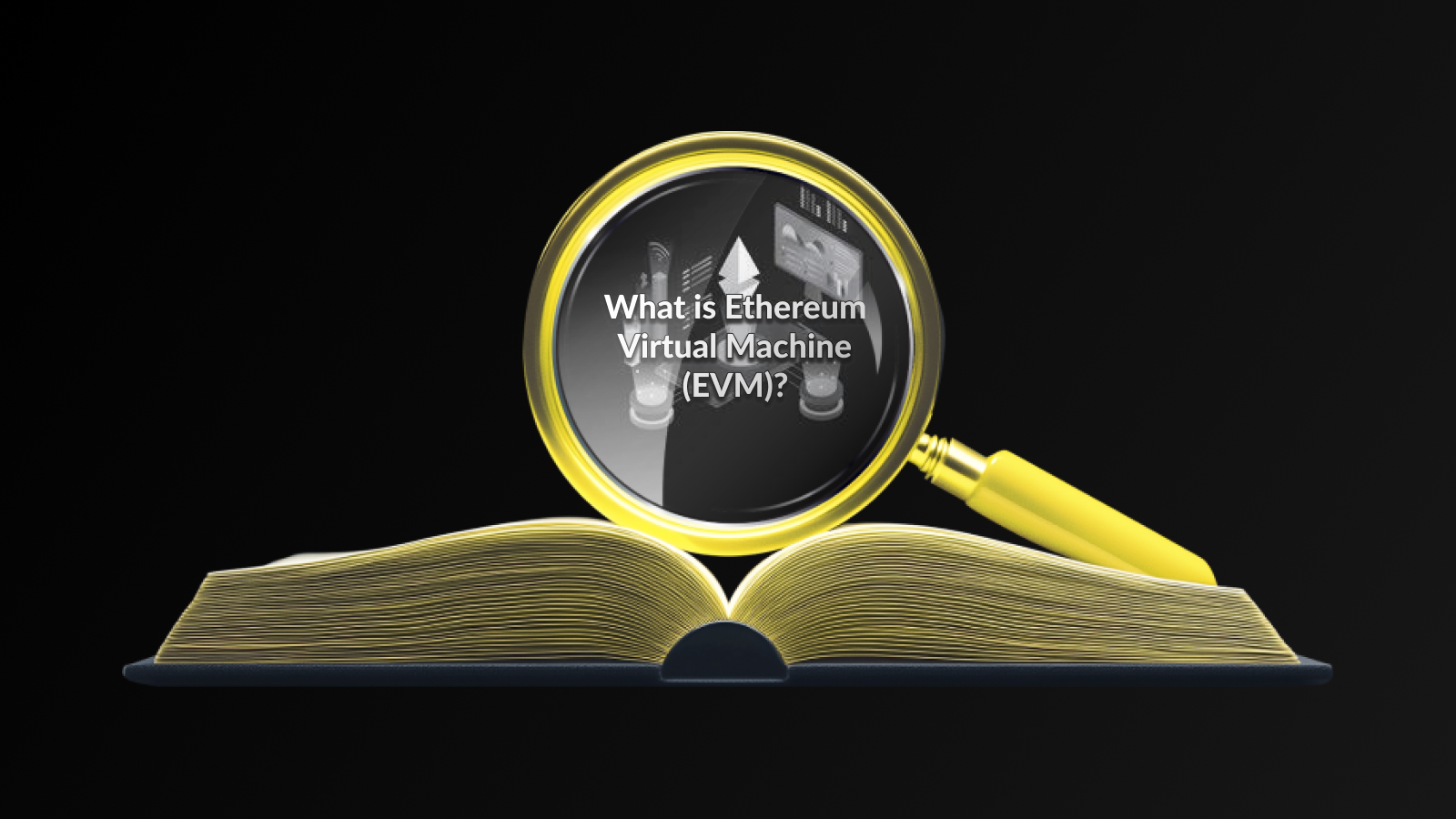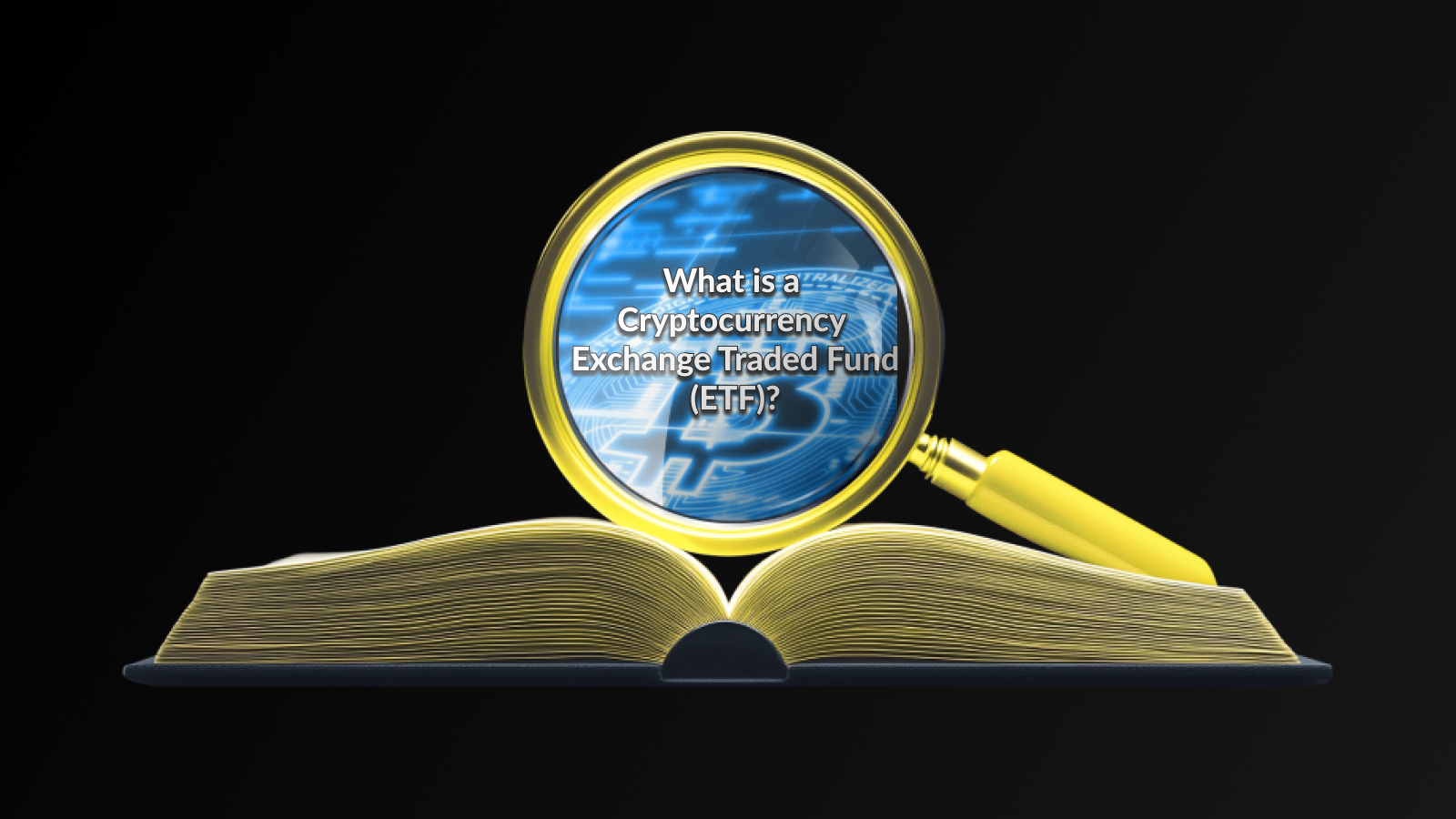Introduction
The Ethereum Virtual Machine (EVM) is a vital component of the Ethereum blockchain, serving as the runtime environment for executing smart contracts. It allows developers to build decentralized applications (dApps) that operate on the Ethereum network, making it an essential part of the blockchain ecosystem.
One of the key advantages of the EVM is its ability to provide a consistent and reliable environment for executing code. This ensures that smart contracts behave as intended, minimizing the risk of errors and vulnerabilities. By abstracting the underlying complexity of different nodes in the network, the EVM allows developers to focus on creating innovative solutions without worrying about the discrepancies in individual implementations.
The EVM processes transactions and smart contracts in a decentralized manner, meaning that no single entity controls the system. This fosters trust and security, as all participants in the Ethereum network can verify the completion and validity of these transactions independently.
Moreover, the Ethereum Virtual Machine is platform-agnostic, allowing developers to write code in various programming languages, primarily Solidity. This versatility significantly broadens the developer ecosystem, encouraging more individuals and organizations to leverage Ethereum for their projects.
How Does the EVM Function?
The Ethereum Virtual Machine (EVM) serves as the backbone for executing smart contracts and decentralized applications (dApps) on the Ethereum network. It functions as a decentralized computation engine, allowing developers to deploy applications that run on every node within the Ethereum network. This ensures that all transactions and computations are consistent and universally acknowledged across the network.
The EVM operates in a stack-based architecture where instructions are executed step-by-step, making it imperative that developers write efficient code to minimize gas costs. Each instruction in the EVM has a specific gas value associated with it, which directs how much computational power is consumed. This not only stabilizes the network but also incentivizes developers to optimize their smart contracts.
When a transaction is initiated, the EVM retrieves the relevant smart contract and executes its logic. This includes manipulating data stored on the Ethereum blockchain and interacting with other contracts. This process ensures that all nodes on the network reach a consensus on the outcome of the smart contract execution, thereby maintaining the integrity of transactions.
The Ethereum Virtual Machine is designed to be Turing complete, meaning it can perform any calculation that can be expressed algorithmically, given sufficient resources. This feature allows for complex logic and extensive functionalities within decentralized applications, making Ethereum one of the most versatile platforms in the blockchain ecosystem.
By serving as a runtime environment where smart contracts are executed, the EVM plays a crucial role in facilitating innovation within the Ethereum blockchain, ensuring secure and efficient operations across the vast landscape of decentralized applications.
Why is EVM Important for Blockchain Development?
The Ethereum Virtual Machine (EVM) serves as the backbone of smart contract execution on the Ethereum platform, making it an essential component in blockchain development. Its ability to provide a decentralized, Turing-complete environment allows developers to create sophisticated applications that can run independently of any central authority.
By standardizing the execution of smart contracts, the EVM facilitates interoperability between different applications and services on the Ethereum network. This is crucial for fostering an ecosystem where diverse projects can communicate and share information seamlessly, encouraging innovation and collaboration.
Furthermore, the Ethereum Virtual Machine enhances security by utilizing a consensus mechanism that ensures all participants on the network reach an agreement on the state of the blockchain. This level of security and transparency is vital for applications handling sensitive data or financial transactions.
The EVM’s compatibility with multiple programming languages, such as Solidity, makes it accessible to a wider range of developers. This accessibility is key to attracting talent and driving further adoption of blockchain technology, ultimately contributing to the growth and sustainability of the entire ecosystem.
Challenges and Future Developments of EVM
One of the primary challenges facing the Ethereum Virtual Machine is scalability. As the number of transactions and smart contracts on the Ethereum network increases, the EVM must be capable of handling this growth without compromising performance. Current solutions, like layer 2 scaling and sharding, aim to alleviate this problem, but their implementation requires ongoing research and development.
Another significant challenge is the gas fee volatility that users encounter. Gas fees are often unpredictable and can fluctuate widely, discouraging developers and users from engaging with the network. As the Ethereum Virtual Machine evolves, addressing this issue becomes essential in maintaining user trust and engagement.
Moreover, security remains a critical concern. Potential vulnerabilities in smart contracts and the EVM itself can lead to significant losses. Future developments must focus on enhancing security protocols, creating more robust systems for testing and auditing smart contracts to minimize risks.
Looking ahead, the future of the Ethereum Virtual Machine holds promise with proposals for updates and improvements that aim to enhance its capabilities. Innovations like Ethereum 2.0 will play a pivotal role in transforming the EVM to better meet the needs of developers and users alike.
Frequently Asked Questions
What is the Ethereum Virtual Machine (EVM)?
The Ethereum Virtual Machine (EVM) is a runtime environment for executing smart contracts and decentralized applications (dApps) on the Ethereum blockchain.
What are smart contracts?
Smart contracts are self-executing contracts with the terms of the agreement directly written into code, allowing for trustless interactions on the blockchain.
How does the EVM facilitate interoperability?
The EVM allows different blockchain networks and smart contracts to interact securely and efficiently, promoting seamless interoperability among projects built on the Ethereum network.
What programming languages can be used in the EVM?
The primary programming language for writing smart contracts on the EVM is Solidity, but it also supports Vyper and other languages designed for smart contract development.
Why is the EVM essential for Ethereum’s functionality?
The EVM ensures that all transactions and computations on the Ethereum network are executed consistently and correctly, maintaining network security and functionality.
What is gas in the context of the EVM?
Gas refers to the fee required to execute operations on the Ethereum network, used to allocate resources and incentivize miners or validators to process transactions and smart contracts.
How does the EVM impact the performance of dApps?
The EVM impacts the performance of dApps by providing a controlled environment for execution, but it can also introduce limitations related to transaction speed and costs due to its consensus model.
Disclaimer
This article is for informational purposes only and does not constitute financial or investment advice. Cryptocurrency investments and blockchain development involve risks. Always conduct your own research (DYOR) and consult with professionals before making decisions related to blockchain technology.





